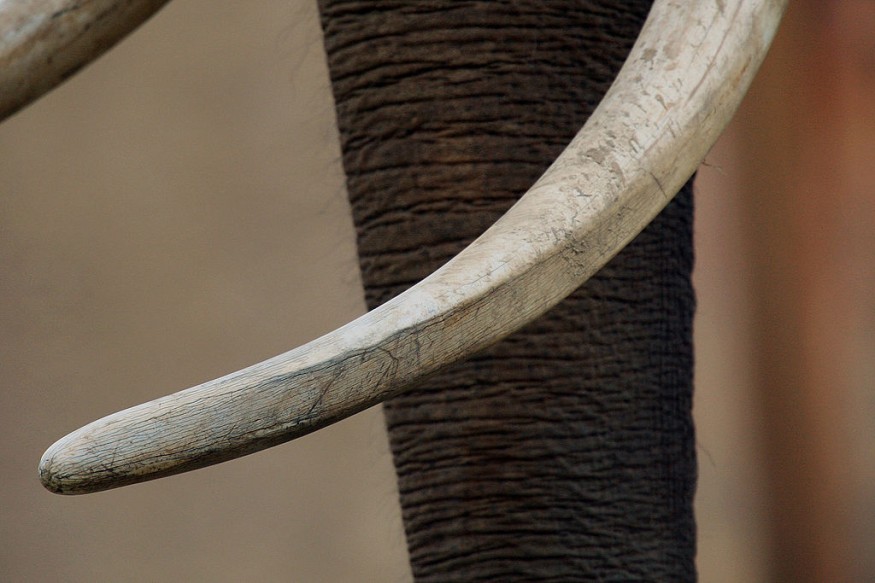Hundreds of million years ago, way later than the Cretaceous period, an animal with a tusk of a mammal called dicynodonts had walked Earth. They are known as the 'two dog teeth'.
These creatures have long, pointed tooth, so as to protrude from the closed mouth - a feature exclusive to mammals. However, these ancient mammal-like animals that lived before the dinosaurs had shed light to the weird origin of mammalian tusks and why it is unique only to mammals.
"Tusks are this very famous anatomy, but until I started working on this study, I never really thought about how tusks are restricted to mammals," says Megan Whitney, a researcher in evolutionary biology from Harvard University.
"We were able to show that the first tusks belonged to animals that came before modern mammals, called dicynodonts," said Kenneth Angielczyk, co-author and curator at Chicago's Field Museum. "They're very weird animals."
Distinct relatives of mammals

Although dicynodonts aren't mammals themselves, researchers say they belong to an extinct group of relatives called therapsids, and distinct relatives of mammals. Their species had lived around 200 million years ago and died out in the late Triassic.
Instead of teeth, dicynodonts had a beak at the front of their mouths made of keratin, resembling a turtle's beak.
During a paleontological dig, researchers discussed the ambiguity of tusks. "I remember Ken picking them up and asking how come they were called tusks, because they had features that tusks don't have," Whitney said.
Technically, not all protruding teeth are tusks. "For this paper, we had to define a tusk, because it's a surprisingly ambiguous term," Whitney added.
Also read : Crows Find 'Pleasure of Accomplishment' and Show Positive Behavior After Utilizing Tools
Studying extinct animal behavior through teeth
If you want to understand precisely how an extinct animal behaved, it is important to examine their teeth growth.
First, the researchers determined tooth from tusk and studied its fossil tissues to see any evidence of continuous growth, although some didn't seem to fit the definition of a tusk.
"There are many different kinds of dicynodonts and they appear to mostly all have tusks," said Whitney, "however, when you look at the micro structural details, they're very different in those groups."
Tusks are usually teeth that poke a considerable distance from the oral cavity, like walruses and mammoths. Tusks are defined by their growth, which is why it is typically longer than normal tooth.
To have the teeth grow continuously throughout its life, it can't have a complete enamel covering, like in humans. Tusks are notably less durable than enamel-coated teeth, but grow continuously even when damaged. However, they are held tight by a ligament that is durable enough to dig through muck, and fight off rivals and predators.
"Enamel-coated teeth are a different evolutionary strategy than dentine-coated tusks, it's a trade-off," says Whitney.
"This study shows that reduced rates of tooth replacement and a flexible ligament attaching the tooth to the jaw are needed for true tusks to evolve," says Angielczyk.
"It all ladders up to giving us a better understanding of the tusks we see in mammals today."
© 2025 NatureWorldNews.com All rights reserved. Do not reproduce without permission.





